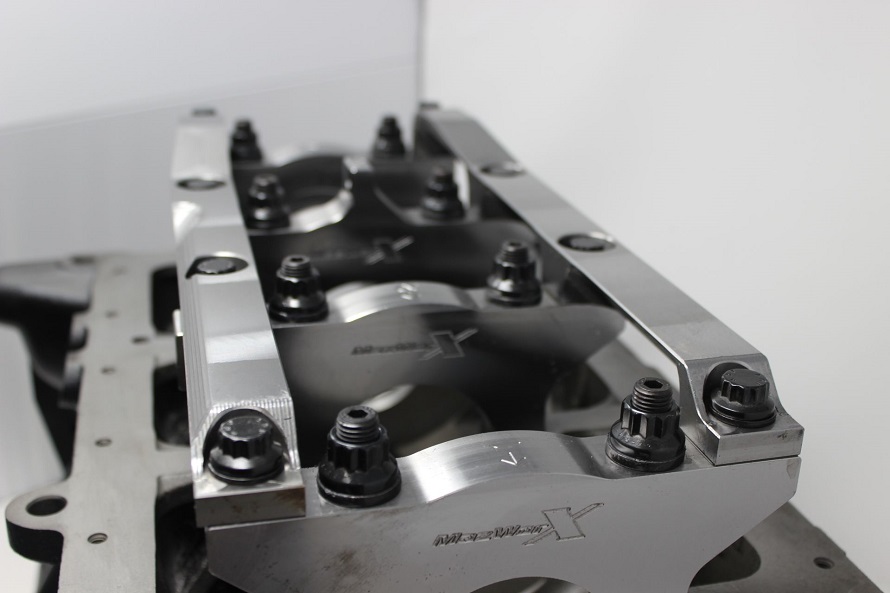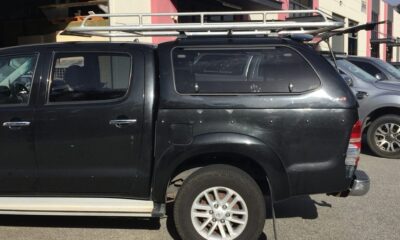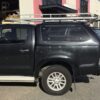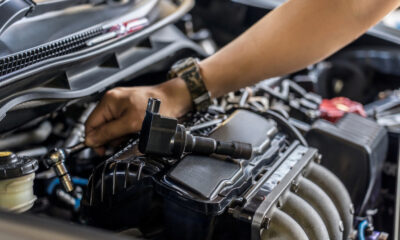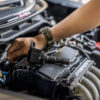Automotive
Everything You Need To Know About Bottom Ends and Main Cap Girdles
So, you’ve been thinking about building a high-performance engine… Not a race engine: just a really decent street performer. You know the routine: start with a solid block, .5mm overbore – maybe a stroker crank – a pair of 62mm turbos, etc. Nothing too special, really; but enough to respectably get 40-50% more horsepower to the wheels.
Is it doable? Absolutely … but there’s a question, though. Have you thought about strengthening the bottom end? As in, have you really, really thought about it?
Let’s be honest: it’s no secret that there’s no shortage of opinions about what it takes to strengthen a bottom end; but there’s also a reality that no one disputes: that when it comes to high horsepower, and especially big stroke and big RPM motors, the combined effect of extreme lateral forces can ( … and will) lead to catastrophic bottom end failure.
With that said, let’s look at the most widely relied upon component for bottom-end strength … and how, when used in unison with other components, it contributes to making the bottom end virtually indestructible.
No-flex Girdles
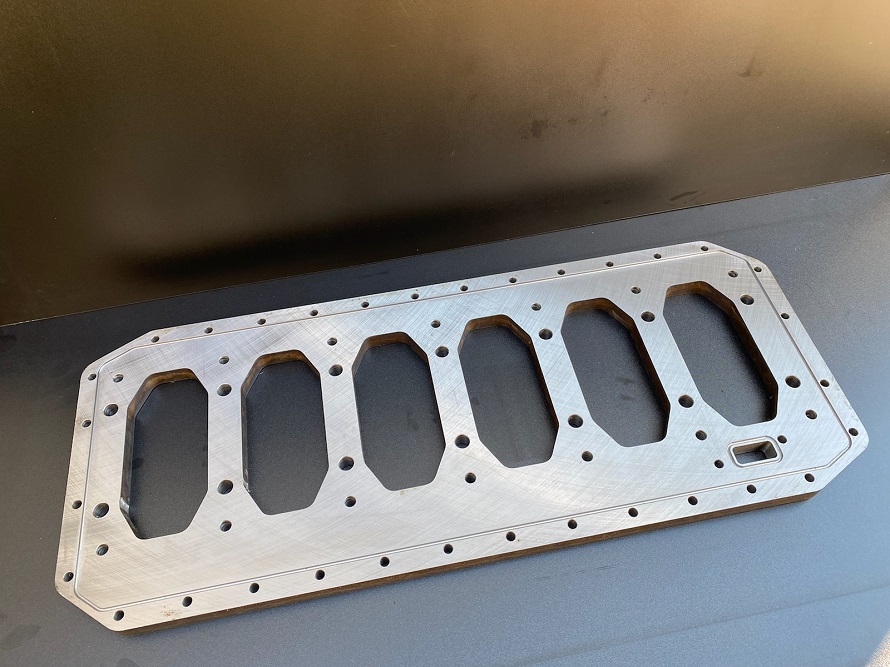
Regardless of whether you’re assembling a “respectable” 600hp grocery-getter or something north of 1000hp that’s slightly more respectable; the added assurance that comes from installing a main cap girdle is hard to ignore when you’re investing in a wealth of other high-performance parts.
Machined from 250 grade mild or 10mm steel, girdles are designed to counter the massive torsional harmonics of rotating powertrain components by stiffening the engine block across the main caps and oil pan rail. Of course, a lot of that torsional resonance is countered by the engine’s harmonic balancer; but the stresses still being exerted by the flexing and twisting of the crank on even moderately-built engines are not only enough to pound the main caps loose in their registers ( … that’s cap walking) but can also lead to the cap or bulkhead breaking, or even the block splitting.
To put it simply: girdles reduce block flex … and blocks that don’t flex are blocks that aren’t prone to imminent failure. That’s why, if you’re considering assembling an engine that’s easily capable of producing prodigious amounts of horsepower at the drop of a hat – think Toyota JZs, Nissan RBs, or Ford XR6s – then you can’t afford to dismiss using either a girdle plate or a girdle cap to stiffening up the bottom end.
The Really Beefed-up Bottom
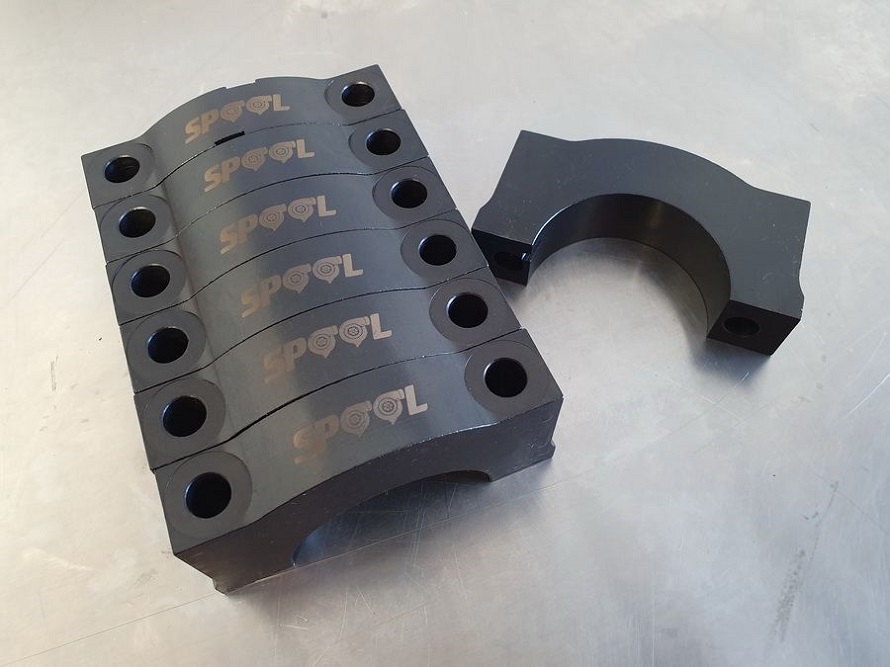
We should, however, dismiss the tendency to portray girdles as the ultimate cure-all for bottom end woes. What’s all too frequently overlooked is that they’re just a single component in a much bigger, rotating puzzle.
The first steps to a really beefed-up bottom end begin by ensuring all the components that are directly responsible for holding the crank in its journals are as bullet-proof as possible before stepping up to bolting up a girdle.
Stouter Main Bearing Caps
Replacing OEM main caps with billet mains are the indisputable first step for seriously strengthening the bottom end. Period. Strengthened main caps are machined from either 1045 carbon, or 4140 high tensile steel, and they’re a mandatory prerequisite for mounting the most effectively designed girdles.
Sturdier Main Studs
Make no mistake: you can’t reuse OEM main cap bolts once they’ve been removed; which makes replacing them with higher tensile strength studs another mandatory step to beefing up the bottom end. With a cold-rolled and hardened stud’s 190,000psi clamping power added to the bottom end, there’s no better way to seat the mains without adding more stress to the block.
Muscular Main Bearings
Installing high performance, fatigue-resistant main bearings are critical to ensuring the engine won’t suffer from bottom end oiling problems or failure under extreme demands. Race quality bearing sets are designed for tight tolerances, high crush, and to withstand loading up to 180,000psi. They also reduce friction and oil temperatures, allowing the builder to squeeze out even more RPMs than anticipated.
In short, bottom end rigidity begins well ahead of the girdle … but it takes a girdle to keep it all in line.
Machine Works

Although girdles are meant to enable engines to endure the kinds of stresses that occur at 600+hp; the reality is that for the block to reliably producing that kind of power – especially where high RPMs are involved – then it’s going to spend some time getting machined. And that’s fine, because a certain amount of machine work is absolutely essential in order to mount a girdle.
Tunnel Boring
The block will need to be aligned and honed to ensure the crank’s main tunnel is perfectly round. Naturally, this has to be done with both the main caps and the girdle installed at their intended torques.
Stud Drilling
Depending upon the application, some blocks will require drilling and tapping to allow for the installation of the sturdier main studs that are needed for the strengthened billet caps.
Stroker Clearance
If a stroker motor is being assembled with a girdle, there’s always a possibility that the girdle may need slight clearance from the crank throws. Pre-assembly and machine works are all a part of high-performance engine building though, so there’s nothing unusual here. What is important, however, is taking the steps to be absolutely certain that the bottom end’s been assembled properly.
The Final Word
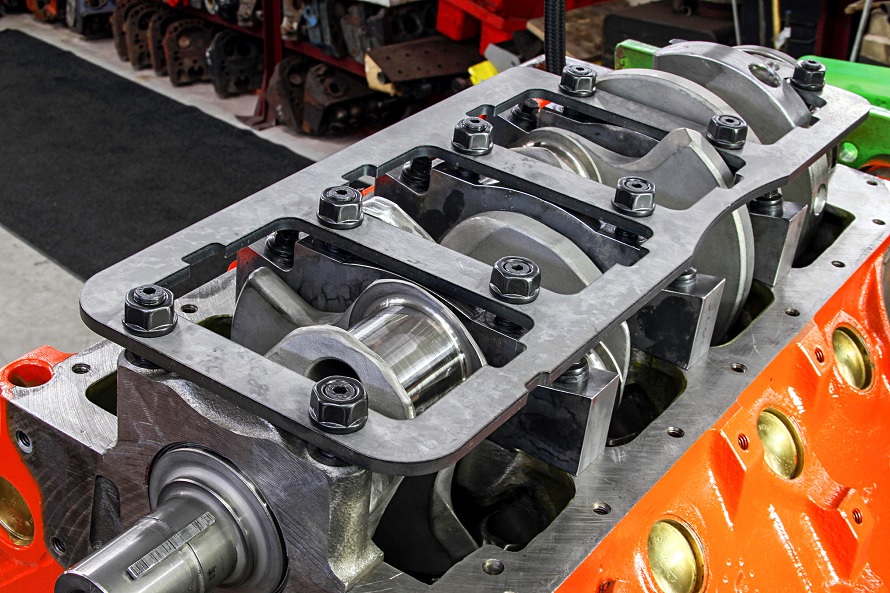
At the end of the day, the risks from not strengthening the bottom end are too high (and too costly) to ignore; but it begins with a plan that considers all the components that make up the bottom end. After all the other components are in place, you can rely on the main cap girdle to tie them all together in a package that’s not only strong and rigid, but is reliable enough to comfortably grind out even more power than was originally intended. With that said, let’s get building – and don’t forget to girdle up.


